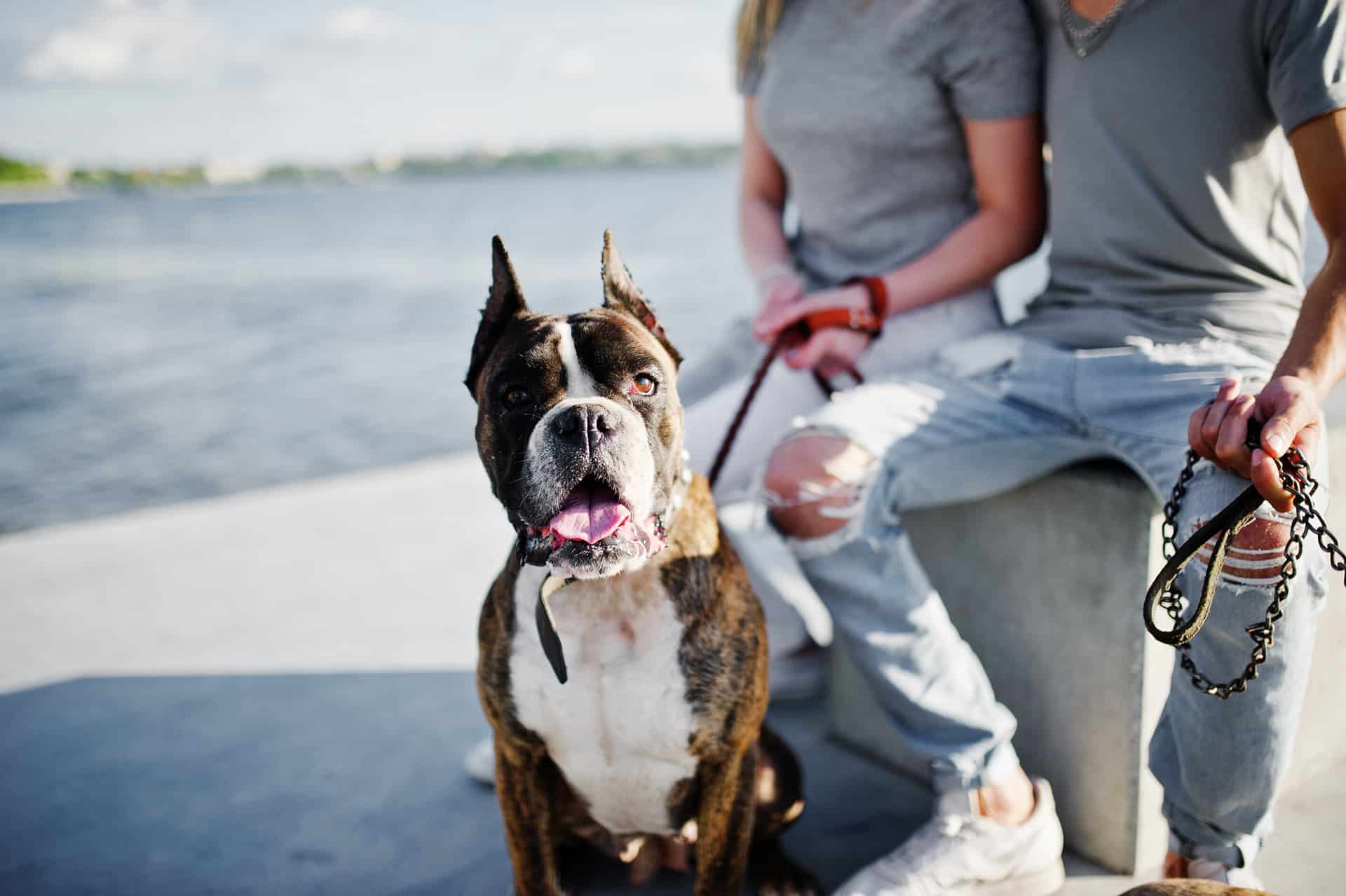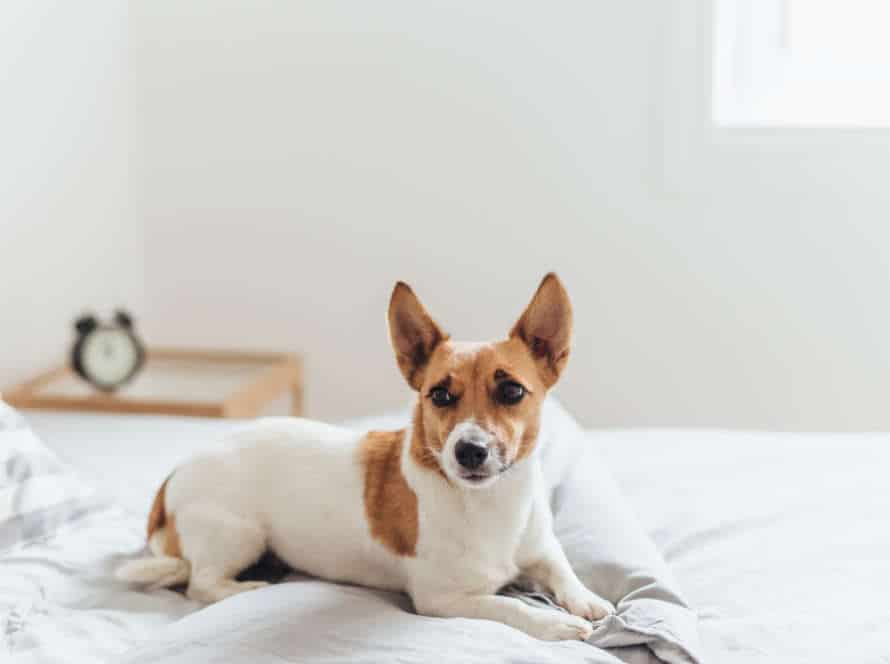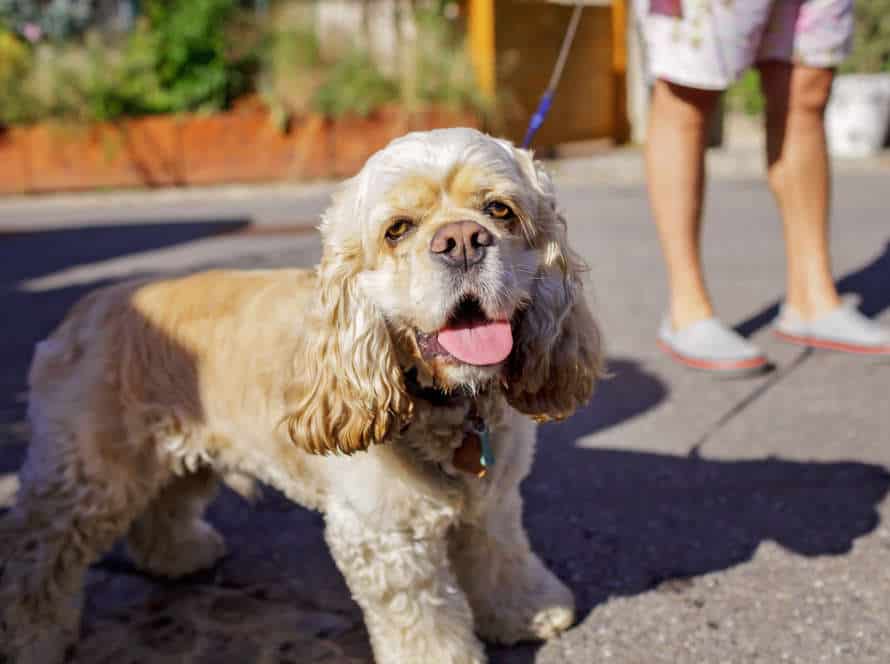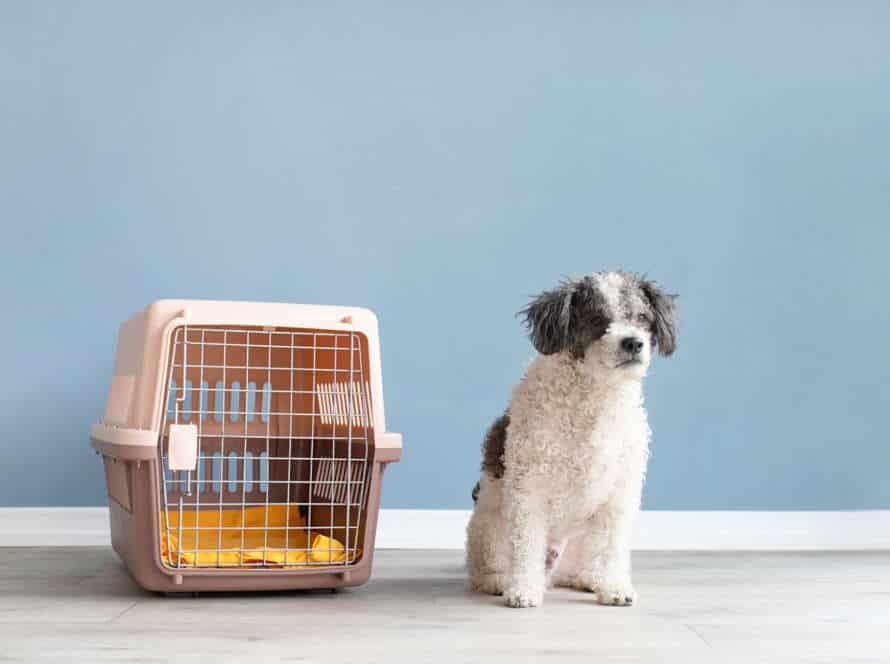Integrating Loose Leash Walking with Other Essential Skills
Integrating loose leash walking with other skills is important for a well-trained, obedient dog. Here are some other skills to integrate while walking:
- Sit – Teach your dog to sit when commanded, to stop unwanted behaviors like jumping and pulling. Practice having them sit during regular intervals when you work on loose leash walking.
- Stay – Train them to stay in one spot until released, especially when crossing busy streets or encountering distractions. Once they master the leash, practice “stay” command.
- Come – Call your dog to you on command for safety. When on a loose leash walk, call them and reward them when they come.
- Heel – Heeling is walking next to you on a loose leash. After your dog is comfortable with the leash, practice heeling during walks.
By integrating these skills with leash walking, your dog will be a well-rounded, obedient companion you can be proud of!
Teaching Commands for Loose Leash Walking
Train your pooch to walk on a leash without tugging. It’s a good method to give them exercise and keep them protected in public. To teach ‘loose leash walking’, several commands are needed. Make them part of your routine and your pup will stay safe and have a pleasant stroll.
Here are some essential commands for leash walking:
- Heel Command: Use this command to make your dog walk alongside you. Start walking with your dog on your left side and say “heel,” so your dog knows to stay in that spot.
- Stop Command: Use this command when you want your dog to stop walking. Say “stop” and gently pull your dog’s leash back towards you.
- Leave It Command: Use this command to stop your dog from sniffing or picking up something off the ground. Say “leave it” and gently tug their leash up and away from the object.
- Come Command: Use this command when you want your dog to come to you. Say “come” and reward them when they reach you.
Training the ‘Heel’ Command
Train your pup to obey the “heel” command. It will help them learn how to walk on a loose leash. Here’s how:
- Start in a quiet place, like at home or a park.
- Attach the leash and tell your pup “heel”. Walk with them close by your side.
- Reward them with a treat or praise when they follow the command correctly.
- Gradually make it harder, by adding distractions or taking them to busier places.
- Combine the “heel” command with other commands, like “sit” and “stay”. This will help them succeed in the future.
- Be patient and consistent. Stay positive to help your pup master leash walking.
Teaching the ‘Watch Me’ Command
Training your pup to walk on a loose leash requires teaching them the ‘watch me’ command.
- Start by calling their name and rewarding them when they look your way.
- Hold a treat near your face and say ‘watch me’.
- When your pup looks at you, reward them with the treat and a command.
- Do this exercise over multiple sessions, gradually increasing the time your pup maintains eye contact.
Once they’ve mastered ‘watch me’, integrate it with other commands like sit, stay, and come. With practice, your pup will walk on a loose leash and be the perfect walking buddy.
Teaching the ‘Leave It’ Command
Train your pup the “leave it” command! It’s important for their safety and your peace of mind. Start in a quiet, no-distraction place. Hold a treat in your closed hand. Let them sniff and lick it through your fingers.
Say “leave it” and close your hand if they try for it. Wait a few seconds, then open your hand, rewarding them with a treat from your other hand if they stayed away from your closed fist. Make it harder by leaving the treat in view. Then move on to more tempting items.
To add leash walking, start in a low-distraction area and make it harder. Reward them for obeying “leave it” and walking calmly on the leash.
Tip: Be patient, consistent, and reward good behavior.
Training Techniques to Improve Loose Leash Walking
Loose leash walking is essential for all pups! Teach it early. It’s key to mastering other behaviour too. Like focus and impulse control. Let’s learn the training techniques that can help. Get into the details!
Positive Reinforcement Training
Positive reinforcement training is an efficient and kind way to teach your pup how to walk without pulling. Here are helpful tips to help you train them:
- Treat-based training – Give a treat when they are walking calmly next to you without yanking.
- Clicker Training – Let them know the sound of the clicker means good behavior and reward them when they do it.
- Stop and Go – Whenever they start to pull, stop walking. When the leash loosens, start again and reward them for being obedient.
- Integrate with Other Skills – Practice walking in combination with other skills like sit, stay, and come. This will reinforce good behavior and make them more obedient.
With patience, consistency and positive reinforcement you can teach your pup how to walk without pulling. You will also have an obedient pet!
Clicker Training
Clicker training is a great way to have your dogs walk on a loose leash while also understanding other commands. Here’s how to get started:
- Introduce the clicker. Click it and give them a treat each time. Do this many times, so they pair the sound with a reward.
- Teach them the “touch” or “target” command. Hold out your hand with an open palm. When they approach and touch it with their nose, click the clicker and give them a treat. Do this multiple times until they respond consistently.
- Put on the leash. Attach the leash to their collar and let them drag it around for a bit.
- Practice loose leash walking. Start walking together, keeping the leash loose. If they pull or try to run ahead, stop and wait for them to come back. When they do, click the clicker and give them a treat.
- Integrate other commands. As they get better, incorporate other obedience commands into your walks, such as sit and stay.
Pro tip: Be consistent! Practice regularly for the best results.
Body Language and Verbal Cues
Body language and verbal cues are key to successful loose leash walking training for your pup. Use a consistent verbal command, like “heel” or “walk,” to show it’s time to start. Positive reinforcement, like treats or praise, is great for rewarding your pup for walking on a loose leash. Keep your body language confident and relaxed – shoulders back, head up, arms by your side.
If your pup pulls or runs, use a short leash and stand still. Integrate loose leash walking with other key skills, like sit, stay, and come. This will help reinforce training and create better control in public places.
Combining Loose Leash Walking with Other Exercises
Loose leash walking is a must-know skill for pups! But that’s not all. To make your dog better-behaved, combine it with other exercises. Such as stay, recall, impulse control and calming. Let’s explore how to do this.
Integrating Handling and Physical Examination Practice
It’s a must for any pet owner who wants to teach their dog how to walk calmly and controlled. Here are some ways to combine loose leash walking with other commands:
- ‘Stop’ & ‘Wait’: Stop at regular intervals during walks. Have your dog sit and wait for a signal to continue.
- ‘Heel’: Teach your dog to walk alongside you at knee or hip level.
- ‘Leave It’: Train your pup to forget items on the ground when told to ‘leave it’. While doing so, keep focus on the loose leash walk.
- ‘Come’: Get your dog to come back to you immediately when given this command while on a loose leash walk.
By combining these essential commands with loose leash walking, pet owners can help their dogs be more obedient and trained.
Implementing Distraction Training
Distraction training is a great aid for canine owners. It helps them to learn loose leash walking and other vital skills.
Dogs who have nailed loose leash walking in a peaceful setting, may be put off by loud noises, other dogs, traffic or people. To teach your pup to trot calmly whilst on a leash with these distractions, use these steps:
- Start in a quiet place and use a short leash.
- Hold a treat near their nose and start walking. Reward them if they stay focused on the treat and go in a straight line.
- Gradually add more distractions. Throw a ball, play with toys or meet other dogs on the way. Offer treats and praise to keep them cool and concentrated.
- Once they have mastered the skill in busy areas, work on other exercises such as ‘sit’, ‘stay’ and ‘come’. This will help them to stay focused and poised in all different places.
Applying Sit-Stay and Down-Stay Commands in Motion
Teaching your pup Sit-Stay and Down-Stay commands while in motion is a great way to combine loose leash walking with other exercises. It helps your dog learn to be calm and focused outdoors.
Here’s how:
- Start by walking your pooch on a loose leash. When they are calmly walking, give the Sit command, then stop walking.
- When your pup is in a sitting position, use the Stay command and count to a few seconds before resuming walking. Gradually, increase the time they stay in that position before walking again.
- For the Down-Stay command, follow a similar process. When your dog is walking on a loose leash, give the Down command, then slowly lower them into a laying position.
- Encourage them to stay with the Stay command for some time before resuming walking. Increase the time they stay in that position before walking again.
- Eventually, your pup will master these commands and be able to integrate with other skills, such as recall or heeling, during a walk.
Pro tip: Use positive reinforcement, treats and praise to reward your dog’s good behavior and obedience during training.
Common Challenges with Loose Leash Walking and Solutions
Loose leash walking can be tough. It often happens because the handler doesn’t understand or stay consistent. Challenges can also come from distractions, the environment, and the pup’s energy level. Let’s review the difficulties of loose leash walking and give ideas on how to help your dog learn it.
Pulling on the Leash
Pulling on the leash? It’s common! But solutions exist!
Stopping and waiting, redirecting focus with treats or toys, rewarding good leash manners, using a front clip harness, and verbal or physical cues can help. Consistency and patience are key. Integrate loose leash walking with other skills, like recall and sit-stay, to reinforce good habits and build trust.
Pro tip: Invest in a well-fitting harness to reduce pulling and improve walking behavior.
Barking and Lunging at People or Dogs
Barking and lunging at people or dogs while walking on a leash can be challenging. But there are solutions!
First, teach your pet obedience commands like “Heel”, “Sit”, and “Stay”. This will make them more obedient and attentive. Use positive reinforcement instead of punishment to reward good behavior.
Second, create distance when walking. Start with a gap your pet is comfortable with and slowly decrease the gap over time. When they’re comfortable, teach them to sit and watch you or to heel.
Be patient and consistent with your pet’s training. With the right approach, you can successfully teach them loose leash walking.
Being Distracted by Sights and Sounds
Leash training a pup can be difficult; distractions like sights and sounds can be tough to overcome. Here are some tips to help you with the challenge!
- Start off in a calm setting; like a quiet park or a street you know well. Then, slowly increase the level of distraction.
- Teach ‘look at me’; use treats or praise when they make eye contact.
- Practice leash walking with obedience; integrate commands like sit, heel, and stay.
Pro Tip: Be persistent and patient; always reward good behavior and stay dedicated to the process even when it gets tricky.
Maintaining a Consistent Loose Leash Walking Practice
Loose-leash walking is vital for teaching your pup. But it can be difficult to keep up. To ensure steady practice, it’s a must to combine it with other important skills. This article will give an insight on how to include loose-leash walking in a broader training program.
Developing a Daily Walking Routine
Developing a daily walking routine for your pup is essential for their health and happiness. Here are some ideas to assist you in establishing a consistent loose leash walking practice. Additionally, incorporate other skills like obedience, recall, and socialization.
Start off slowly. Begin with a small stroll around the block and increase the duration and distance as your dog gets more comfortable.
Loose leash walking is crucial. Keep the leash slack and don’t tug or pull. Give treats to reward good behavior, and use positive reinforcement to encourage walking by your side.
Be patient and consistent. Continue to practice until loose leash walking is natural for your dog.
Pro tip: Use a front-clip harness or head halter to reduce pulling and make loose leash walking easier.
Reinforcing Training Tips and Techniques
Consistency is vital for reinforcing training techniques, especially for loose leash walking. Here are some tips to help maintain this practice with your pup and fuse it with other key skills:
Maintaining Consistent Loose Leash Walking:
- To start, teach your dog to focus on you while walking.
- Utilize a front-clip harness or head collar for greater control.
- Don’t pull on the leash, instead guide your pooch back to your side when they stray too far ahead.
- Offer treats to reward positive behavior and keep your pup walking with you.
Combining Loose Leash Walking with Other Essential Skills:
- Use the “wait” and “stay” commands.
- Add turns, stops, and speed changes to keep your pup engaged.
- Incorporate commands like “sit” and “down” on walks.
- Introduce distractions, such as other dogs and people, to strengthen obedience in different scenarios.
By staying consistent and fusing other skills, you’ll be well on your way to mastering loose leash walking plus reinforcing your pup’s obedience.
Pro Tip: Remain patient and attentive during training. Consistency and positive reinforcement are key to success. With practice, your pup will become an obedient walking buddy!
Troubleshooting Common Issues
Training a dog for loose leash walking can be tricky. Here are some troubleshooting tips to help you out:
- Issue 1: Pulling on the leash?
- Issue 2: Easily distracted?
- Issue 3: Overstimulated or anxious?
Stop and stay still. Reward with a treat when your pup comes back to you.
Start in low distraction places and increase distractions over time. Use rewards to keep your pup focused.
Incorporate relaxation exercises. Desensitize your pup to their triggers.
Consistency and patience are vital. Integrating loose leash walking with other skills will help your pup’s obedience.
Frequently Asked Questions
1. What other essential skills should I integrate with loose leash walking?
Along with loose leash walking, you should integrate other essential skills such as recall, direction changes, and sit-stay.
2. Can I integrate loose leash walking with training my dog to run beside me?
Yes, you can integrate loose leash walking with training your dog to run beside you by gradually increasing the speed and distance of your walks.
3. How long does it take to integrate loose leash walking with other essential skills?
The time it takes to integrate loose leash walking with other essential skills depends on your dog’s learning curve and your consistency in training. It may take a few weeks to a few months.
4. What should I do if my dog pulls on the leash while trying to integrate loose leash walking with other essential skills?
If your dog pulls on the leash while trying to integrate loose leash walking with other essential skills, stop or change direction, and redirect your dog’s attention to you. Practice loose leash walking in a low-distraction environment and gradually increase the difficulty level.
5. Should I use treats and rewards while integrating loose leash walking with other essential skills?
Yes, you should use treats and rewards to reinforce your dog’s good behavior while integrating loose leash walking with other essential skills. Use high-value rewards such as cheese, chicken, or salmon, and praise your dog verbally and physically.
6. Can I integrate loose leash walking with off-leash training?
Yes, you can integrate loose leash walking with off-leash training by gradually increasing the distance between you and your dog and being mindful of the surrounding environment. Make sure your dog has a strong recall before attempting off-leash training.







